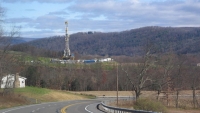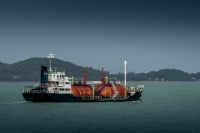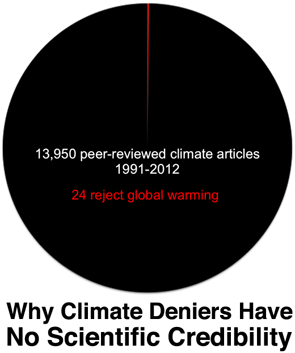Back in 2008, Cathy Behr, a nurse who worked at a Durango, Colorado hospital was hospitalized after suffering a cascade of organ failures. Days earlier, Ms. Behr had treated an oil and gas field worker who arrived in the emergency room doused in a fracking chemical mix called Zeta-Flow, the fumes from which were so powerful that the emergency room had to be evacuated. All told, 130 gallons of the apparently noxious fluid had spilled onto the Southern Ute Indian Reservation, an EPA report later noted, although the spill was never reported to local officials.
So what's in Zeta-Flow? Because the formula for the chemical, marketed as increasing gas production by 30 percent, is considered a trade secret, oilfield services company Weatherford International was never required to make the full answer public.
This secrecy was one of the first issues to be raised by public health officials investigating fracking pollution claims, who pointed out that without knowing what chemicals are used by the industry, it’s difficult or impossible to know what toxins to test for.
So at first blush, it seems like a major development that Baker Hughes, a major oil field services company, has agreed to stop asserting that the ingredients in its fracking fluids are “trade secrets” when it voluntarily provides information on the website FracFocus.
Indeed, the Department of Energy recently lauded the move by Baker Hughes to voluntarily disclose the chemicals used in its fracking formulas without invoking the controversial exemption commonly claimed by drillers. Deputy Assistant Energy Secretary Paula Gant called Baker Hughes' move “an important step in building public confidence,” adding that the department “hopes others will follow their lead.”
But a look at the fine print on that promise — and the company’s track record on disclosures — suggests that Baker Hughes' new policy may not be enough to keep the public adequately informed about the chemicals used in its fracturing fluids.


























